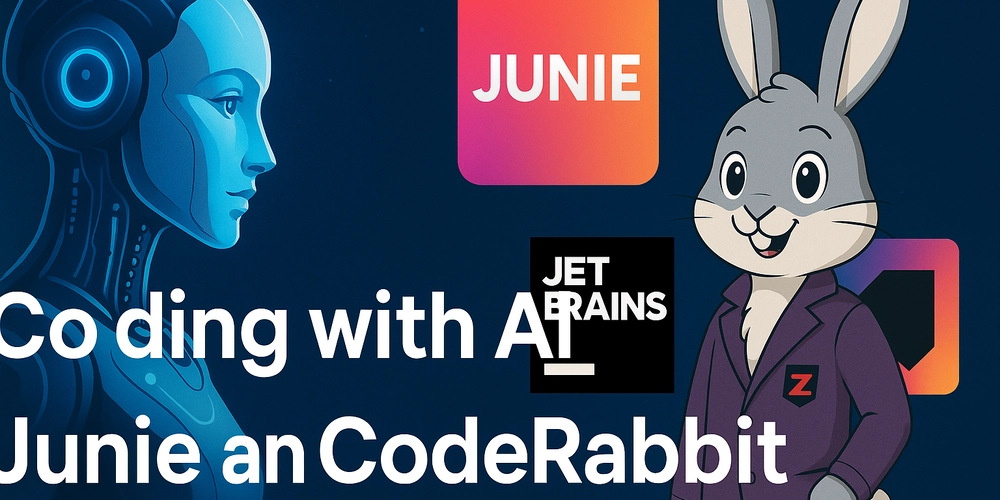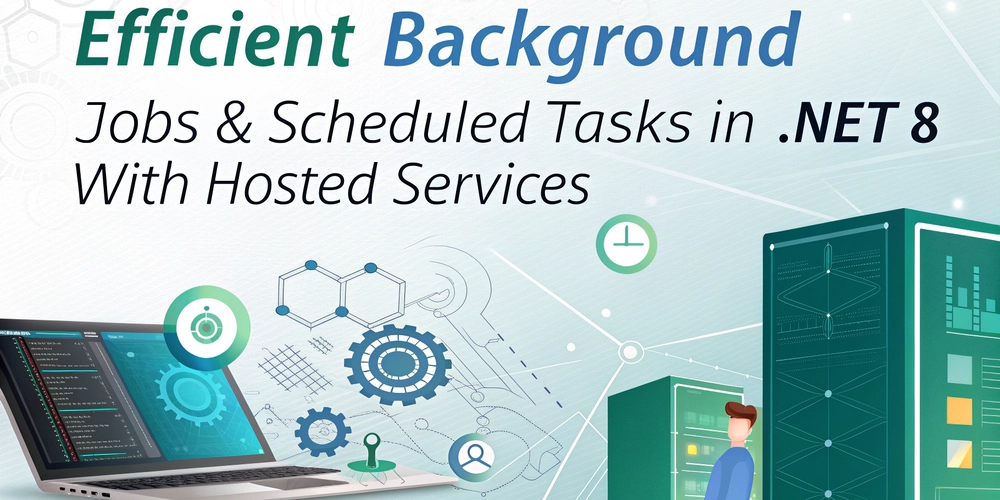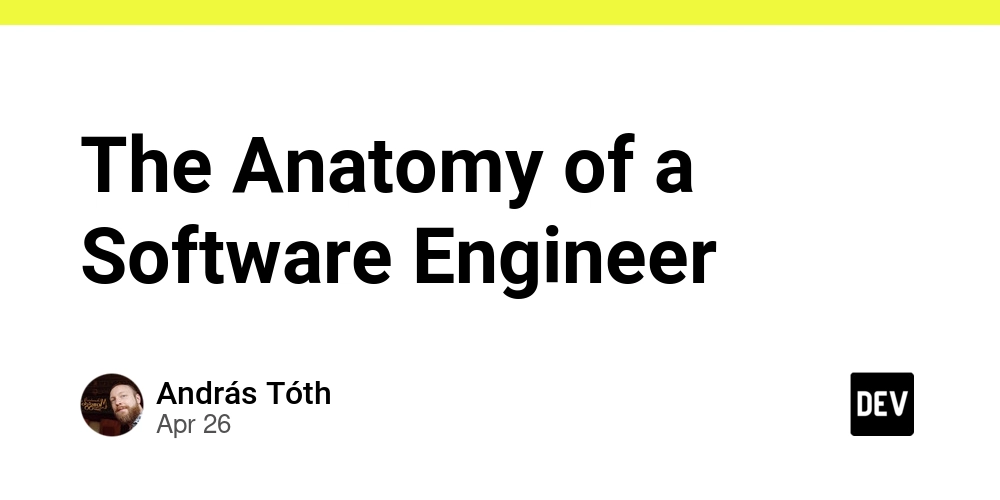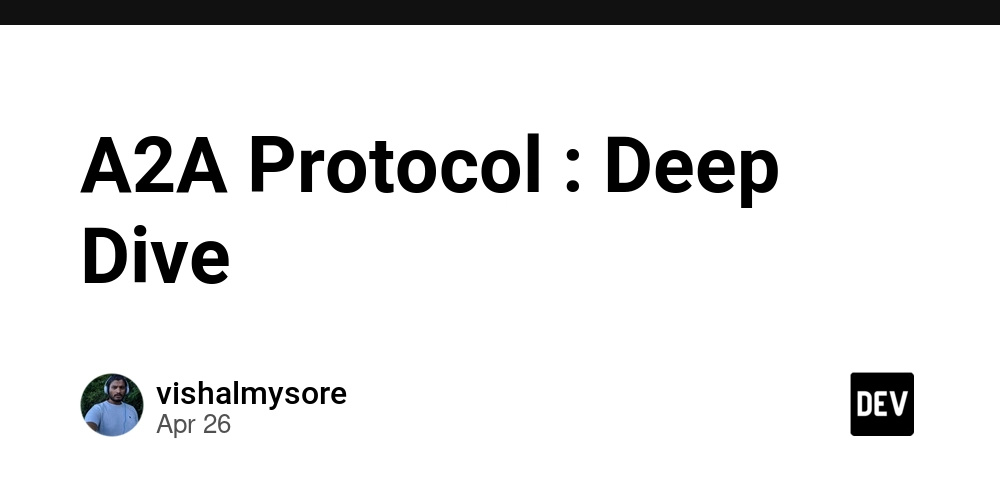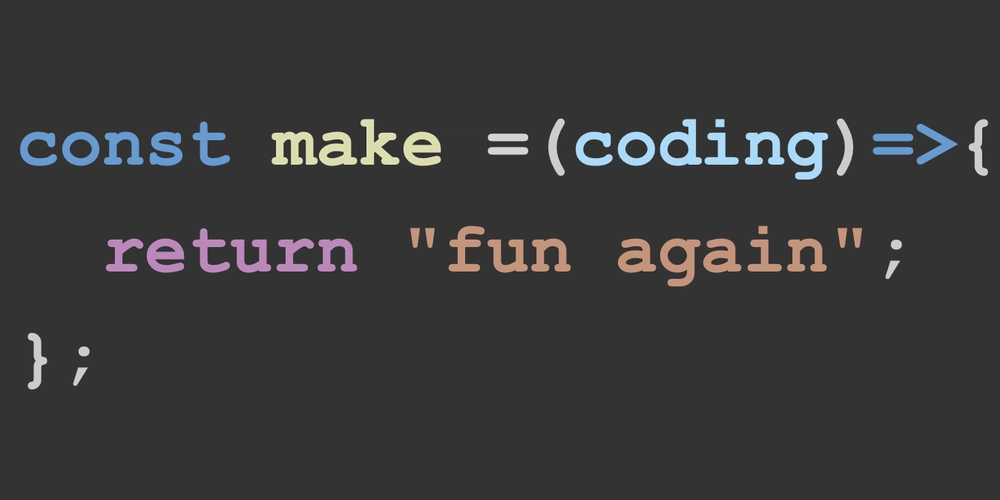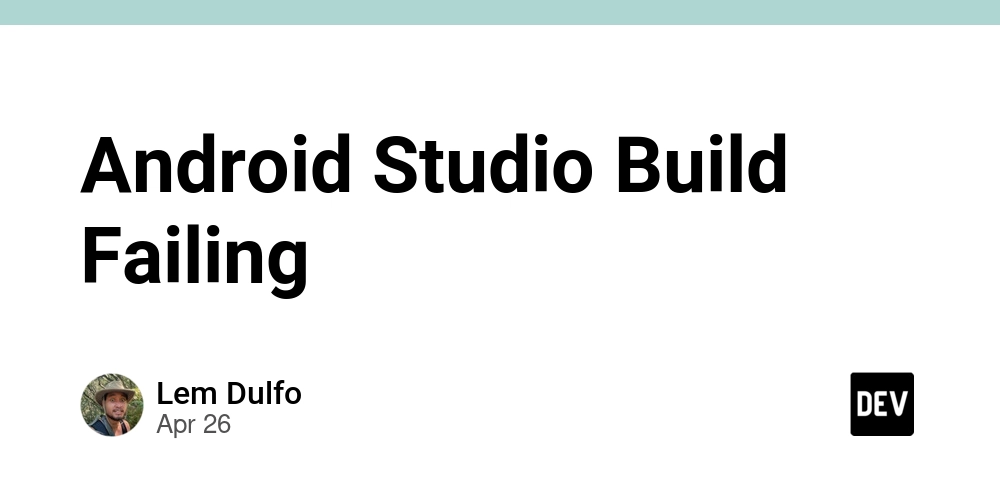
Open Source vs. Closed Source AI: Which LLM Model Will Win?
The AI revolution is here, and large language models (LLMs) are leading the charge. But who will control the future of AI: the collaborative open-source community or the corporate giants with their closed-source models? Let's break down the battle between open-source LLMs and their closed-source counterparts.
Open-Source LLMs: The Power to the People
Open-source LLMs are built on collaboration and transparency. They provide a community-driven route to AI development.
The Upside of Open Source LLMs
- Full Transparency: See exactly how the LLM works.
- Community Driven: Benefit from collective intelligence and rapid improvements. Imagine countless developers contributing to AI advancements!
- Customization Potential: Tailor the LLM to your specific niche needs.
- Democratized AI: Access powerful AI tools without massive financial investment. Open-source levels the playing field!
The Challenges of Open Source LLMs
- Resource Intensive: Training LLMs requires considerable computing power. This demand can be a barrier to entry.
- Quality Control: Maintaining consistency across contributions can be difficult. A strong governance model is essential.
- Decision Paralysis: Collaboration requires navigating diverse opinions. Streamlined decision-making processes are vital.
Closed-Source LLMs: The Corporate Advantage
Closed-source LLMs are developed and maintained by large corporations. These models benefit from substantial financial and human resources.
The Advantages of Closed Source
- Cutting-Edge Technology: Benefit from massive investment in research and development.
- Strict Quality Control: Expect consistent performance and reliability.
- Specialized Solutions: Access models tailored for specific industries or tasks.
- Dedicated Support: Rely on expert assistance when issues arise.
The Drawbacks of Closed Source
- Black Box: Understand less about how the LLM reaches its conclusions.
- Vendor Lock-In: Face challenges when switching providers. Migrating can be painful and expensive.
- Ethical Concerns: Worry about concentrating power and potential misuse.
- High Costs: Budget for significant expenses, particularly at scale.
The Future of LLMs: A Hybrid Approach?
The future of large language models isn't a zero-sum game; expect coexistence, not domination. Several scenarios could play out:
- The Hybrid Approach: Open-source foundations with closed-source specialization built on top, like open-source software with proprietary extensions.
- Niche Domination: Open source thrives in research, closed source in specialized, secure applications.
- Great Convergence: Blurring lines and increased collaboration leading to advanced hybrid models.
What This Means for Developers
As a developer, what should you do?
- Upskill: Learn about both open-source and closed-source LLMs.
- Stay Flexible: Keep options open by exploring both paths rather than adhering to just one.
- Prioritize Ethics: Understand the impact of these powerful tools.
- Embrace Change: Be ready to adapt to exciting developments in the field.
The evolution of large language models promises an exciting future. The best path involves staying up-to-date and adapting your skills accordingly. Ultimately, the goal is to use these powerful tools to enhance human capabilities.
